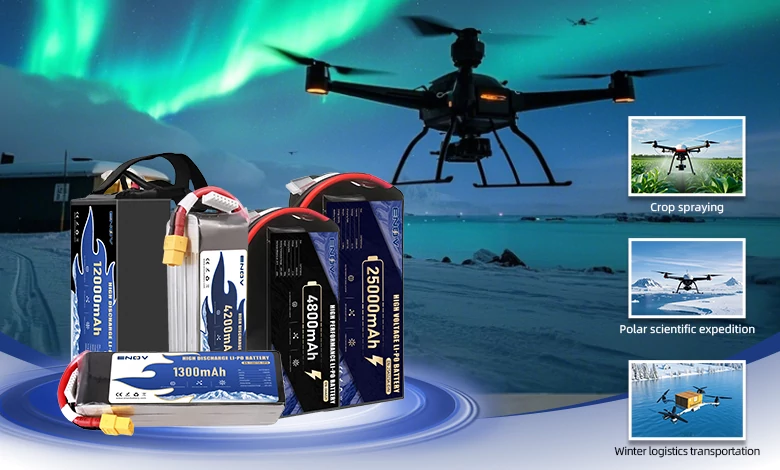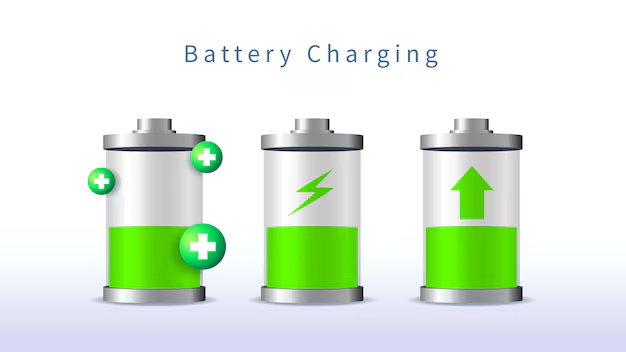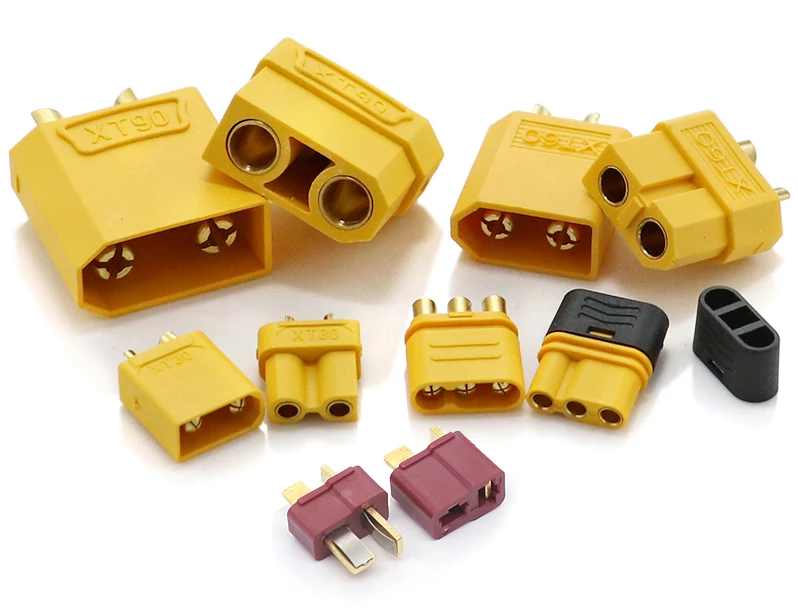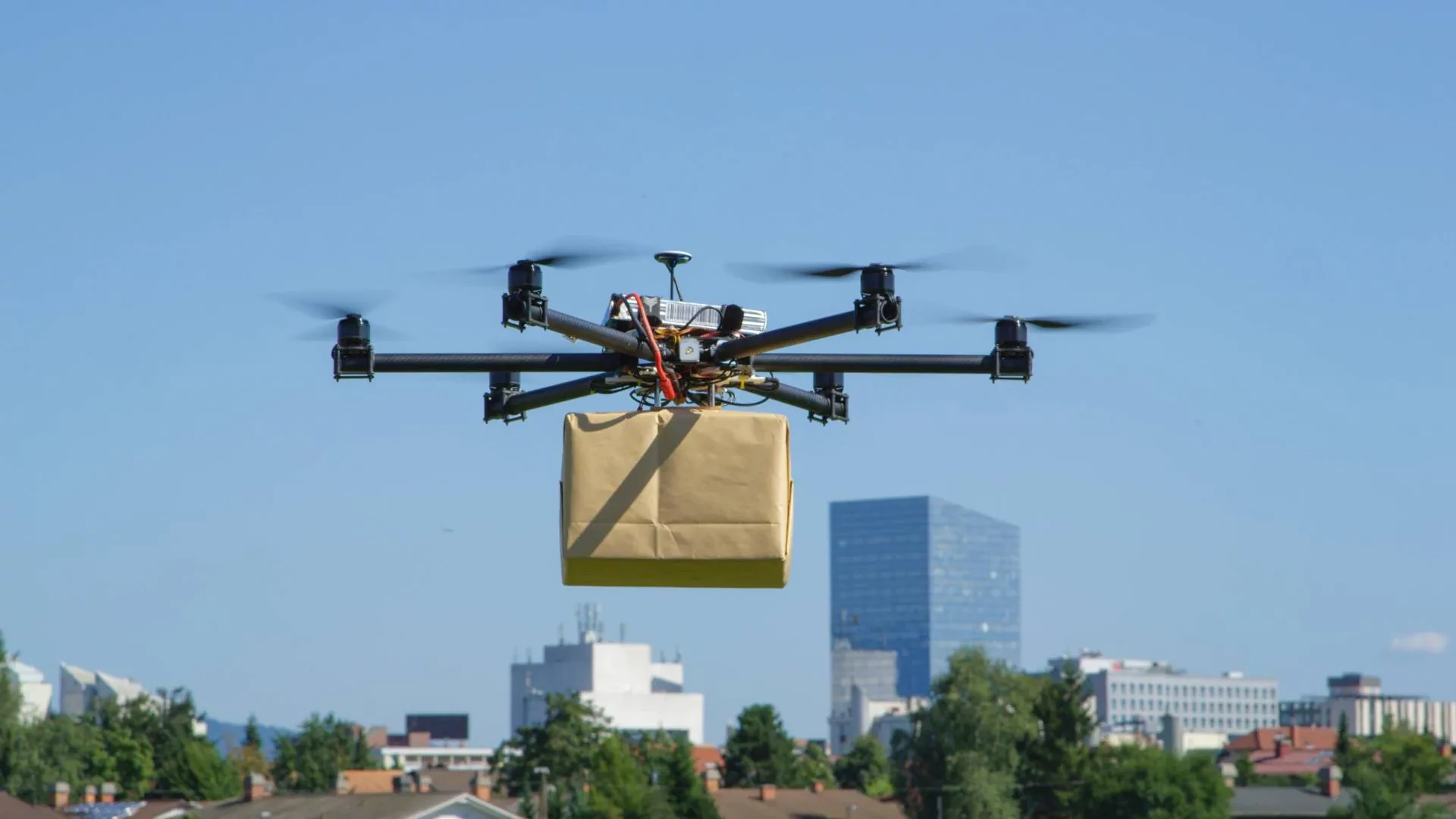Common Communication Protocols for Smart Drone Batteries

ENOV High-Energy drone batteries power industrial and commercial drones. Delivering 220–320 Wh/kg energy density, they enable long flight times (30+ mins) and support fast charging (2C). Perfect for aerial photography, surveillance, and delivery drones.
The battery of a smart drone needs to interact with devices such as the flight controller through specific communication protocols, transmitting key information like voltage, temperature, and remaining power to ensure flight safety and efficiency. These protocols can be divided into wired and wireless categories based on transmission methods, each suitable for different scenarios.
I. Wired Communication Protocols: Direct Wired Transmission, Stable and Reliable
1. I2C (Inter-Integrated Circuit Bus)
Application Scenarios: Consumer drones, small drones (e.g., entry-level aerial photography drones).
Features: Slow transmission speed and short distance (usually between devices on the same circuit board or in close proximity). However, it has a simple structure and low cost, allowing multiple devices to share a single line. It is suitable for basic battery status monitoring (such as voltage and temperature).
Advantages and Disadvantages: The benefits include low power consumption and low cost; the drawbacks are weak anti-interference ability, making it unsuitable for complex or long-distance communication needs.
2. SMBus (System Management Bus)
Application Scenarios: Consumer drones (e.g., DJI Mavic, Mini series), small quadcopters.
Features: It is a “simplified version” of I2C, designed specifically for power management. Its transmission speed and distance are close to those of I2C. It can realize communication with only a few wires, has low cost, and is often used to transmit basic data such as remaining battery power and cycle count.
Advantages and Disadvantages: The advantage is that it is easy to implement and compatible with I2C devices; however, the transmission distance is short (generally less than 50 cm) and the anti-interference ability is average.
3. UART (Universal Asynchronous Receiver-Transmitter)
Application Scenarios: DIY drones, open-source flight controllers (e.g., Pixhawk).
Features: The simplest wired protocol, which transmits data directly like a “one-on-one chat”. It is faster than I2C and has low cost, suitable for transmitting simple battery status information (such as low power).
Advantages and Disadvantages: The benefits are easy operation and low cost; but it can only realize one-to-one communication between two devices, has weak anti-interference ability, and is prone to problems when shared by multiple devices.
4. CAN Bus (Controller Area Network)
Application Scenarios: Industrial drones, commercial drones (e.g., logistics drones, agricultural plant protection drones, heavy-duty drones).
Features: Fast transmission speed (up to 1 Mbps), long distance (up to several meters), and strong anti-interference ability, suitable for complex environments (such as farmland and factories). It can connect multiple devices at the same time (such as batteries, motors, sensors), transmit detailed data in real-time (such as single-cell battery voltage, fault alarms), with extremely low delay (millisecond level).
Advantages and Disadvantages: The advantages are reliability, high speed, and support for multiple devices; but it requires more complex wiring and hardware, and the cost is higher.
5. Modbus
Application Scenarios: Industrial drone swarms, customized industrial equipment (e.g., drones supporting large energy storage systems).
Features: Designed specifically for industrial control systems, it supports long-distance transmission and multi-device networking, can connect various devices such as sensors and battery management systems, and is convenient for secondary development.
Advantages and Disadvantages: The benefits are suitability for industrial scenarios and strong compatibility; but it is more complex to implement than I2C and UART, and the transmission speed is slower than that of CAN bus.
6. RS485
Application Scenarios: Long-distance industrial environments (e.g., power inspection drones).
Features: Good at long-distance transmission (up to over 1200 meters), strong anti-interference ability, suitable for simultaneous communication of multiple devices (such as multiple battery packs or sensors), with a maximum transmission speed of 10 Mbps.
Advantages and Disadvantages: The advantages are long distance and strong anti-interference; but device compatibility may be affected by manufacturers, and the electric line will become complex when there are too many connected devices.
7. HDQ (Single-Wire Protocol)
Application Scenarios: Low-cost toy drones, early simple models.
Features: It uses only one wire for data transmission, with extremely low cost, but slow speed, and can only transmit simple information (such as remaining power and voltage).
Advantages and Disadvantages: The benefit is low cost and saving hardware; but it has a single function and is not suitable for complex monitoring.
II. Wireless Communication Protocols: No Physical Wires, Flexible and Convenient
1. BLE (Bluetooth Low Energy)
Application Scenarios: Battery status checking of consumer drones (e.g., monitoring through mobile APP).
Features: Short transmission distance (10-100 meters) and extremely low power consumption, suitable for real-time viewing of non-critical information such as battery power, cycle count, and temperature using devices like mobile phones.
Advantages and Disadvantages: The benefits are wireless convenience and power saving; but it cannot be used for critical decisions affecting flight safety (such as emergency fault alarms).
2. Wi-Fi
Application Scenarios: High-end aerial photography drones (e.g., professional film aerial photography drones).
Features: Fast transmission speed and long distance (hundreds of meters to several kilometers), can transmit battery data, video images, and flight status at the same time, suitable for scenarios requiring high-definition image transmission.
Advantages and Disadvantages: The advantage is large bandwidth and ability to transmit complex data; but it has high power consumption and is easily interfered by other Wi-Fi signals.
3. LoRaWAN/Private Wireless (433/915MHz)
Application Scenarios: Remote management of drone swarms (e.g., logistics drone fleets of SF Express and JD.com).
Features: Extremely long transmission distance (up to 10 kilometers) and low power consumption, suitable for centralized monitoring of the battery status of multiple drones (such as whether charging is needed or whether there is a fault).
Advantages and Disadvantages: The benefit is suitability for large-scale fleet management; but the speed is slow, and only simple key information (such as remaining power) can be transmitted.
III. Manufacturer-Specific Protocols: Customized Encryption to Ensure Compatibility
Some well-known brands (such as DJI and Autel) will develop proprietary protocols based on general protocols, such as DJI’s “Intelligent Battery Communication Protocol”.
Features: On the basis of SMBus or CAN bus, functions such as encryption verification and fast charging coordination are added to ensure that only original batteries can be used, avoiding compatibility issues. For example, the batteries of some DJI models can link with chargers through proprietary protocols to dynamically adjust the charging current.
IV. How to Choose the Right Protocol?
The selection of a protocol mainly depends on the purpose and needs of the drone, with the following core considerations:
Scenario: For consumer drones, choose I2C or SMBus (low cost); for industrial/commercial use, choose CAN bus (high speed and reliability); for DIY, choose UART (simple).
Performance: For high-speed data transmission (such as real-time fault alarms), choose CAN bus; for long-distance wireless monitoring, choose LoRaWAN; for transmitting video + battery data, choose Wi-Fi.
Cost: For limited budgets, choose I2C or UART; for industrial-grade needs, the higher cost of CAN bus is acceptable.
Power Consumption: For drones sensitive to battery life (such as small drones), choose BLE or I2C; for wireless monitoring of non-critical information, choose BLE (more power-saving than Wi-Fi).
Summary
The battery communication protocols of smart drones are “wired for stability and wireless for flexibility”: among wired protocols, CAN bus is the first choice for industrial-grade, while I2C and SMBus are suitable for consumer-grade; among wireless protocols, BLE is used for daily status checking, and Wi-Fi is suitable for high-speed data transmission. When choosing, it is necessary to combine the purpose, cost, and performance requirements of the drone to enable efficient cooperation between the battery and the device and ensure flight safety.
Quick inquiry
Drop us a line, and we’ll get back to you within 24 hours.

Ariana Yuan
Digital Operations Manager
Website Planning|Marketing Project Management for Drone Batteries|Scheduled Content Refresh|SEO Optimization

Ariana Yuan
Digital Operations Manager
Website Planning|Marketing Project Management for Drone Batteries|Scheduled Content Refresh|SEO Optimization




